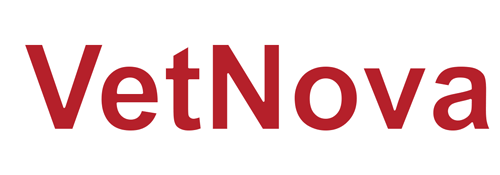“There’s Dog Hair in Everything I Do,” so goes the song by Randy Breese
Check it out on YouTube
Your clients who live with the fuzzy, furry, hairy, SHEDDING dogs can relate to this song. And hopefully they look to you and your veterinary team for relief. You can help your clients realize what is normal and not normal for shedding. Explain how the natural loss of hair allows for a new coat to come in, usually when the weather is warmer, and dogs will be more comfortable with a lighter coat. With increased brushing and grooming, furry dog owners can get through this part.
Chronic, non-seasonal shedding is not normal and may indicate a dietary deficiency. Dietary supplements formulated especially for healthy skin and coat do not interfere with or stop the regular seasonal shedding so you may have to manage your client’s expectations.
Essential Omega 3 and Omega 6 fatty acids maintain the structure and function of the skin. This keeps cohesion of the dermal layer cells to limit penetration of allergens and pathogens, and so reduce inflammation. Biotin improves the quality of keratin that makes up the outer layer of skin, and the hair and nails. It helps to increase skin elasticity, promote follicle development, and strengthens the hair cuticles. Zinc is an inhibitor of follicle regression and allows optimal hair growth and aids in healing. These and other ingredients can be added to the dog’s diet to give a healthy shiny, coat that stays on the dog, not everywhere else.
Dogs may also benefit from extra nutrients on the outside. Regular grooming and bathing with protein enriched shampoos and conditioners will help tame the fuzzies and fly away hair to give a dog that polished look. And a cleaner house.
And then your clients will agree with Randy Breese, “Dog is my very best friend; we’ll be together to the end.”

